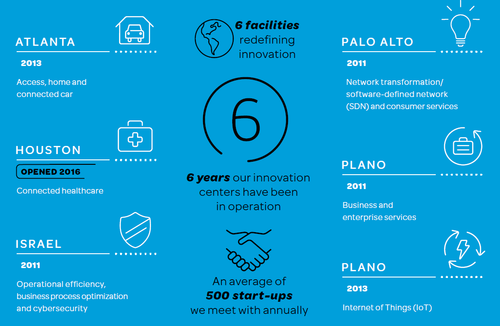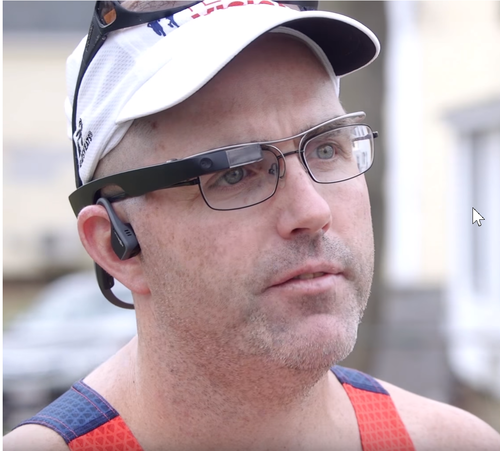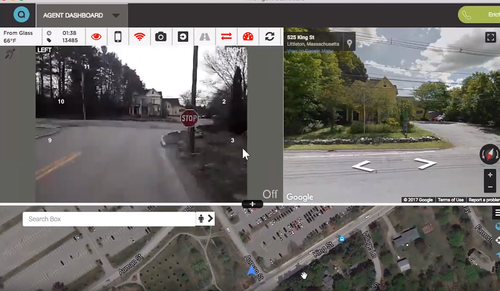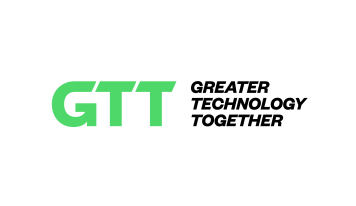Earlier today we discussed how some years back IMS provided a platform for carriers to roll out applications. The industry discussed the concept for a number of years – magazines, associations and events sprung up to support carrier efforts but the market never happened the way anyone thought it would. This was in-part because Apple rolled out an App Store and then Google followed and developers didn’t need to work with carriers. It was much faster to integrate with the hardware in the hands of the consumer.
AT&T however didn’t give up on the concept. You may recall they held a developer contest at our IoT Evolution Expo back in 2015 and gave away $15,000 to the winners.
In more recent news, they just celebrated the one-year anniversary of their Connected Health Foundry, an incubator and accelerator for startups tying IoT and healthcare together. The company is also nurturing apps in other areas such as IIoT. The carrier sees 400-500 startups a year according to Igal Elbaz (pictured far right), VP Ecosystem and Innovation who discussed the details of the Foundry with me during an in-person interview.
their Connected Health Foundry, an incubator and accelerator for startups tying IoT and healthcare together. The company is also nurturing apps in other areas such as IIoT. The carrier sees 400-500 startups a year according to Igal Elbaz (pictured far right), VP Ecosystem and Innovation who discussed the details of the Foundry with me during an in-person interview.
The first product to come out of the Foundry is Aira smart glasses which allow the visually impaired to be connected to a call center agent who sees what they see and can subsequently guide the person to avoid traffic. In what has to be a first, the glasses were used by someone to run the Boston Marathon. Erich Manser from Littleton, Massachusetts used the Aira glasses but also had a guide – to ensure maximal safety.
It’s really a feel-good story the company refers to as “IoT for Good.”
We were fortunate enough to host Sujeeth Kanuganti from Aira at our Real Time Web Solutions 2016 in NYC and we interviewed him at that time.
Speaking of sports or at least increased energy, The AT&T Foundry was also home to a solution being implemented by Red Bull – they will make one-million of their refridgerators “smart,” meaning they will help the company track inventory, location and maintenance details.
“Our end-to-end solutions support the near real-time monitoring and analyzing of the global beverage market,” said Thaddeus Arroyo, Chief Executive Officer, Business Solutions & International, AT&T Inc. “This is another great example of collaboration and innovation to create real value for our customers. It streamlines the processes, creates visibility and improves operations, helping drive significant cost savings and return on investment.”
Igal also went into Indigo from AT&T – the next generation network operating system. It consists of 5G Evolution, SDN, open source ECOMP for orchestrating the SDN and a secure data platform that allows end-to-end security for such things as connected health applications and data storage.
Another important area of growth for the carrier he explained is offloading computing to edge compute from connected devices. In other words, inexpensive, dumb cameras can be spread liberally throughout an area – even on drones and real-time edge computation thanks to the speed of 5G can take place to determine suspicious behavior in crowds. It can be further be used for facial recognition on a massive scale to compare against most-wanted or terrorist lists.

The company has six foundries and we expect to hear more interesting new from them as time progresses.
To learn more, be sure to attend the Enterprise IoT Event, IoT Evolution Jan 22-25, 2018 and see IBM, Ingenu, Cradlepoint, TellientARM, McAfee & other major companies. Special focus on Smart Cities, Security, IIoT and case studies.








